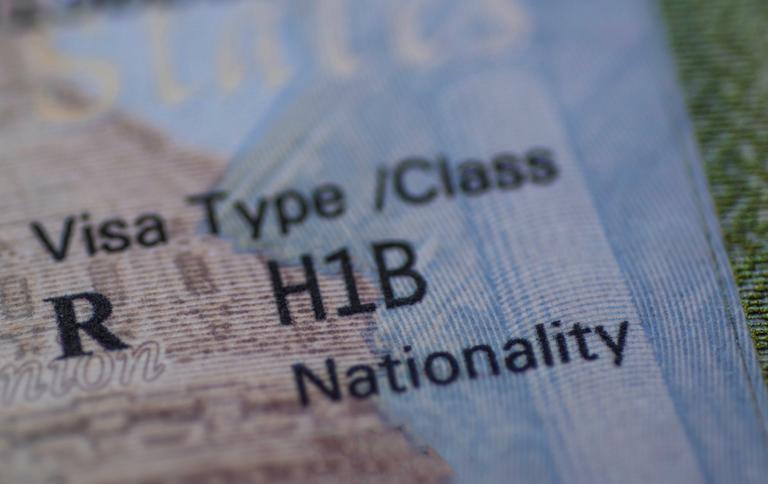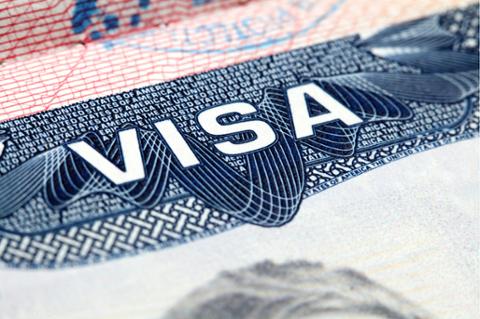The federal government approved a rising percentage of H-1B applications in the first quarter of fiscal year 2020 (which covered October-December 2019). If that trend continues, it may end up blunting the rise in H-1B denials that has so far marked the Trump administration’s approach to the visa.
U.S. Citizenship and Immigration Services (USCIS) initially denied 18,607 H-1B non-immigrant visas in the first quarter of fiscal 2020. Compare that to the same quarter the previous fiscal year, when USCIS denied 25,080 applications. Whereas the approval rates for the year-ago quarter stood at 75.4 percent, the Q1 fiscal 2020 approval rate was 83.4 percent—a significant rise. (If you want a full breakdown of the numbers, check out this handy PDF spreadsheet pumped out by USCIS.)
Another interesting data-point: Approvals following an additional Request for Evidence (RFE) stood at 67.2 percent in Q1 fiscal 2020, versus 61.3 percent in the year-ago quarter. In other words, USCIS approved a higher percentage of companies that supplied additional information.
Let’s look at all this data as a chart that extends from 2015 to the present day; on the X-axis, “2020” obviously represents only one quarter, but the rest of the dates are full-year.
For the past few years, the narrative around H-1B has been a straightforward one: Denial rates were skyrocketing, suggesting that the Trump administration was successfully cracking down hard on companies petitioning for H-1B visas. Consulting and “business services” firms, which often petition for lots of H-1B workers that they subsequently subcontract to other firms, were particularly hard-hit by this spike in denials.
But as the National Foundation for American Policy (NFAP) noted in a late 2019 report, the percentage of RFEs leveled against H-1B applicants had dipped from 60 percent in the first quarter of fiscal year 2019 to 40 percent in subsequent quarters—still higher than the 20 percent “historical rate” for RFEs, but nonetheless a significant pullback.
Now we have an additional piece of evidence, courtesy of the USCIS data, that rates of approval are leveling off and/or climbing slightly after a period of steep declines. What does that mean? Are companies becoming slightly more judicious about H-1B applications, or is the federal government easing up a bit on its clampdown policies? (It's also worth asking if the lawsuits fired off against USCIS have anything to do with this trend.)
As recently as late 2019, all evidence suggested that the federal government is, indeed, still continuing to press hard against what it sees as years of habitual H-1B abuse by certain companies. In an October 2019 statement to Mother Jones, a USCIS spokesman framed the agency’s reforms as “designed to protect U.S. workers, cut down on frivolous petitions, strengthen the transparency of employment-based visa programs, and improve the integrity of the immigration petition process.”
Of course, one quarter does not a trend make, and it remains to be seen whether the approval rate continues to tick up for H-1B visas. The upcoming election could also radically change the nature of H-1B and the approvals process after 2020.



